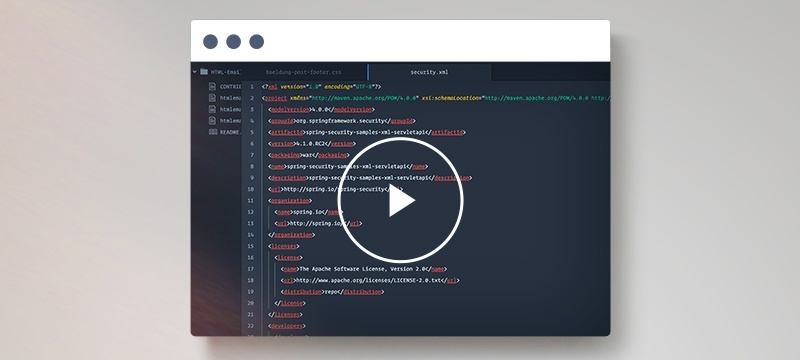Azure Spring Apps is a fully managed service from Microsoft (built in collaboration with VMware), focused on building and deploying Spring Boot applications on Azure Cloud without worrying about Kubernetes.
And, the Enterprise plan comes with some interesting features, such as commercial Spring runtime support, a 99.95% SLA and some deep discounts (up to 47%) when you are ready for production.
>> Learn more and deploy your first Spring Boot app to Azure.
You can also ask questions and leave feedback on the Azure Spring Apps GitHub page.







